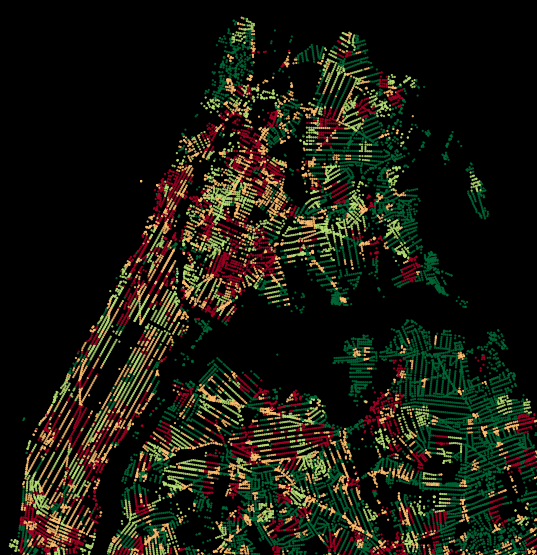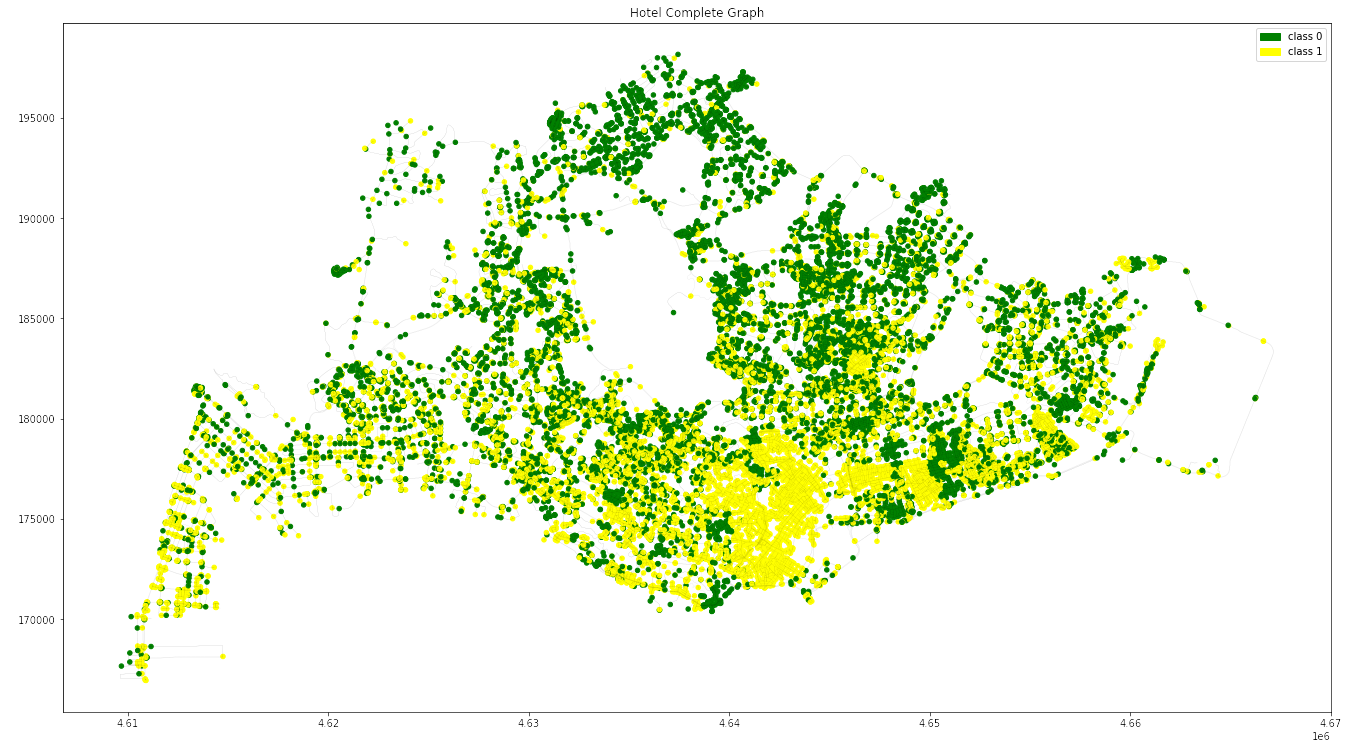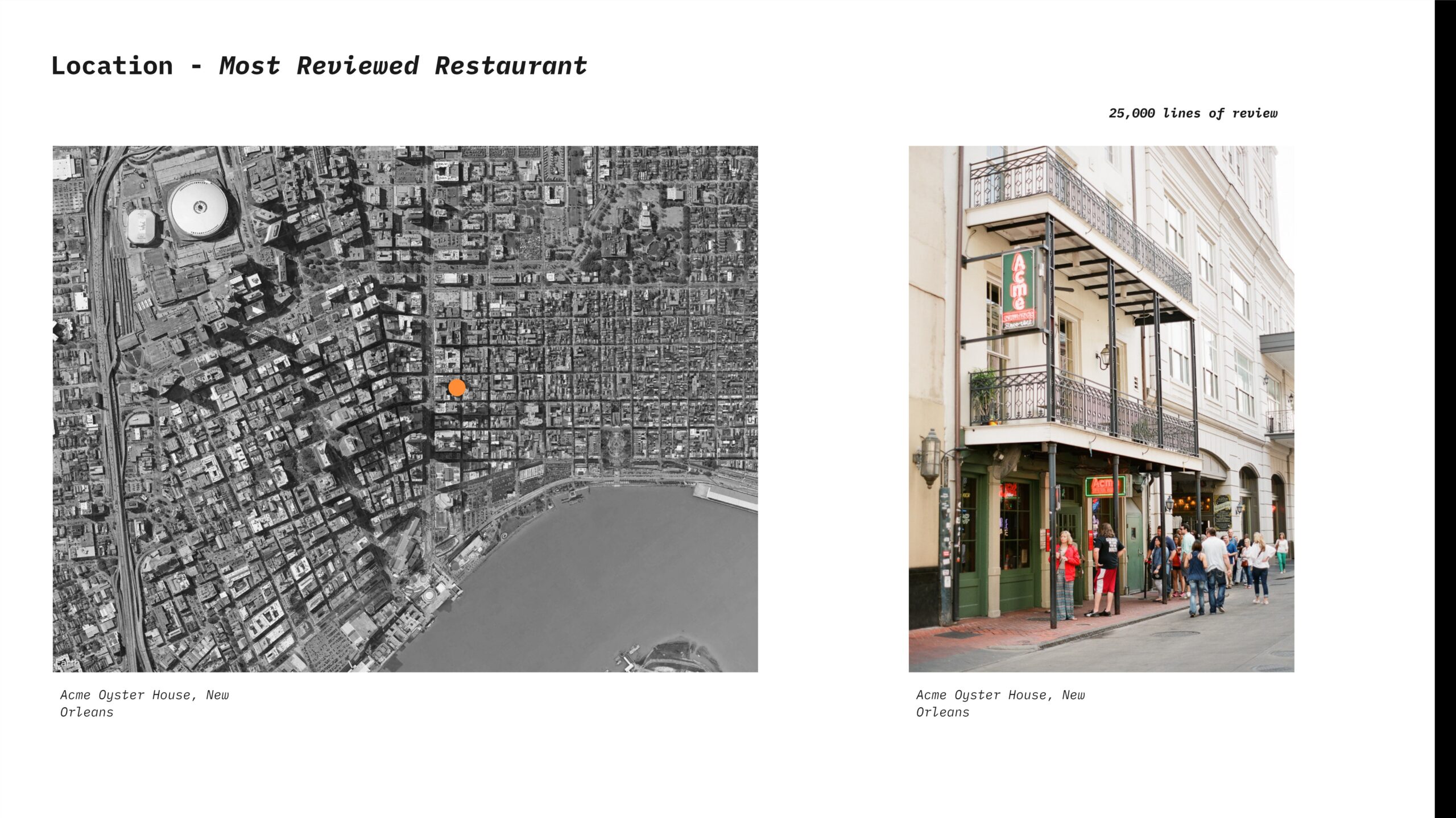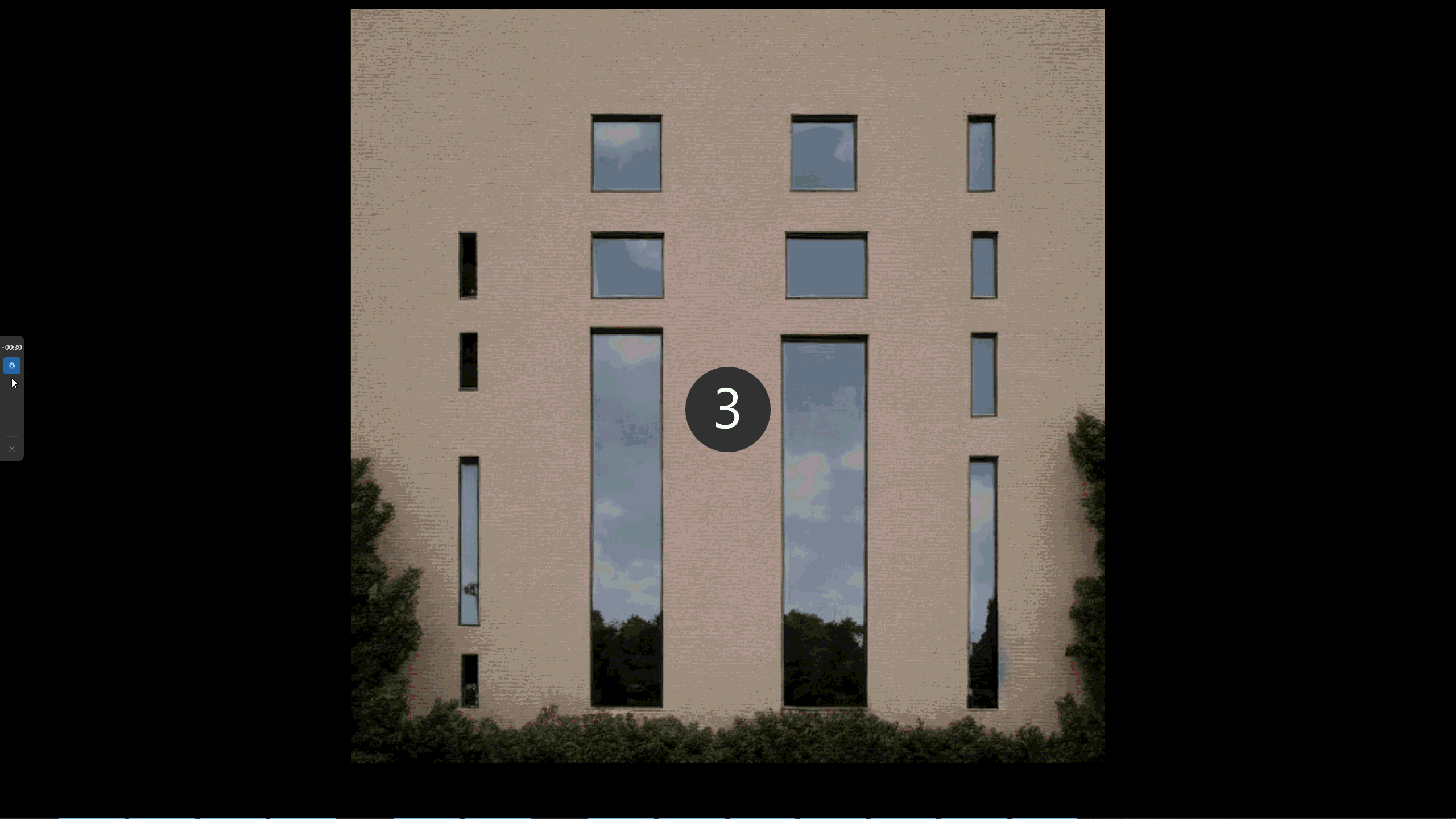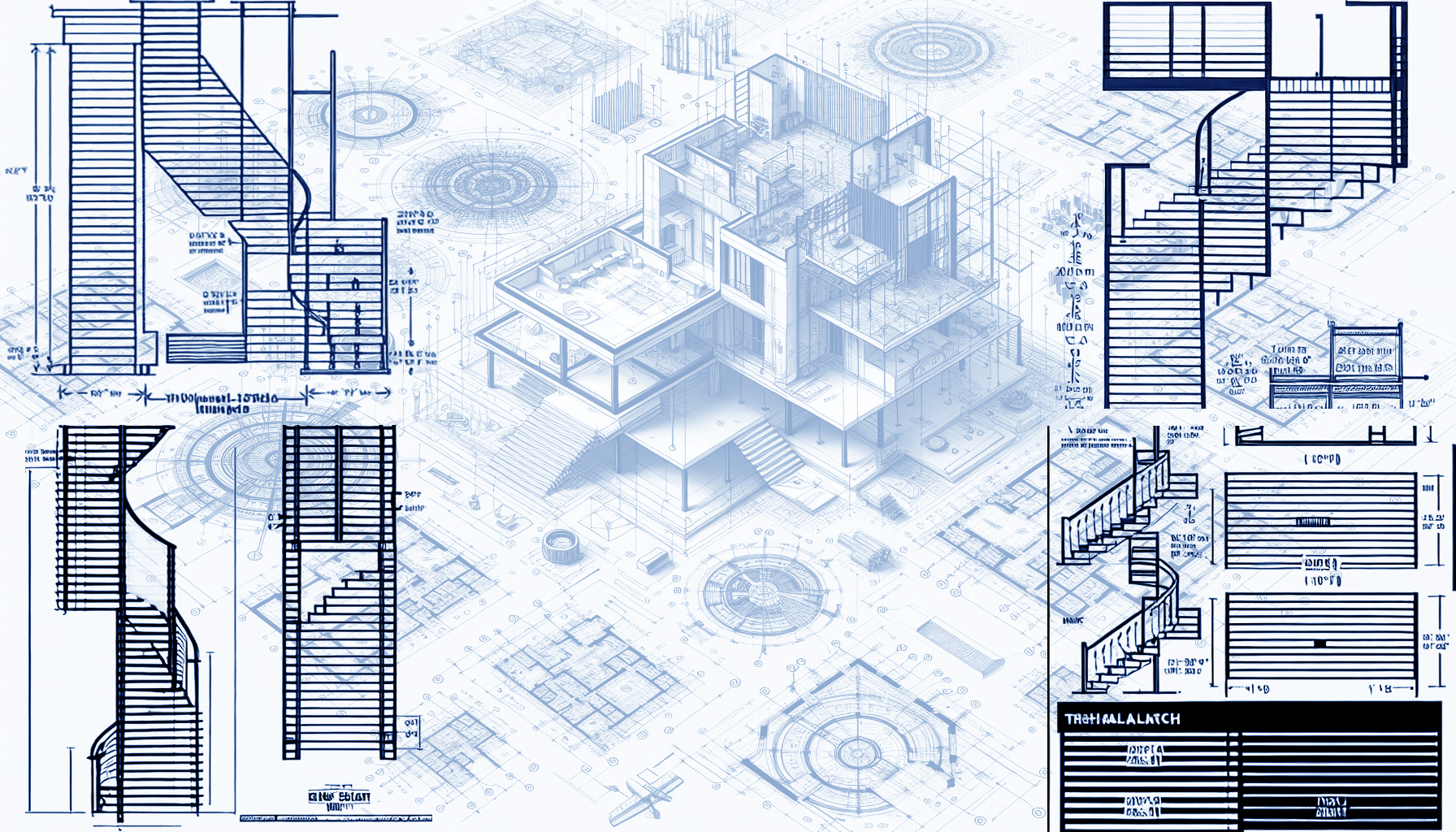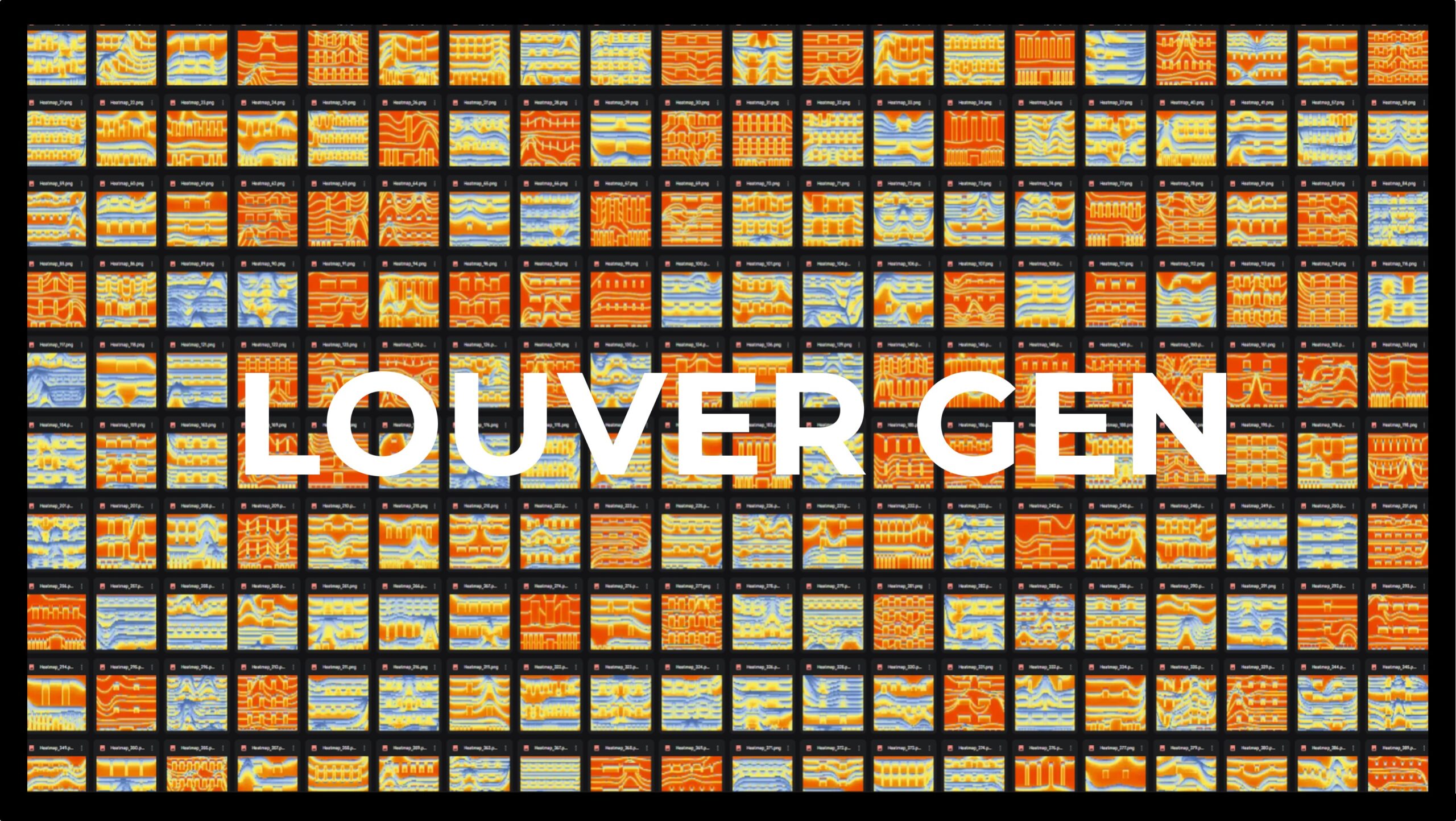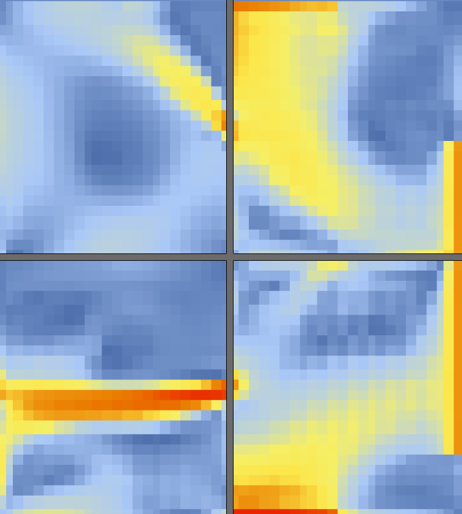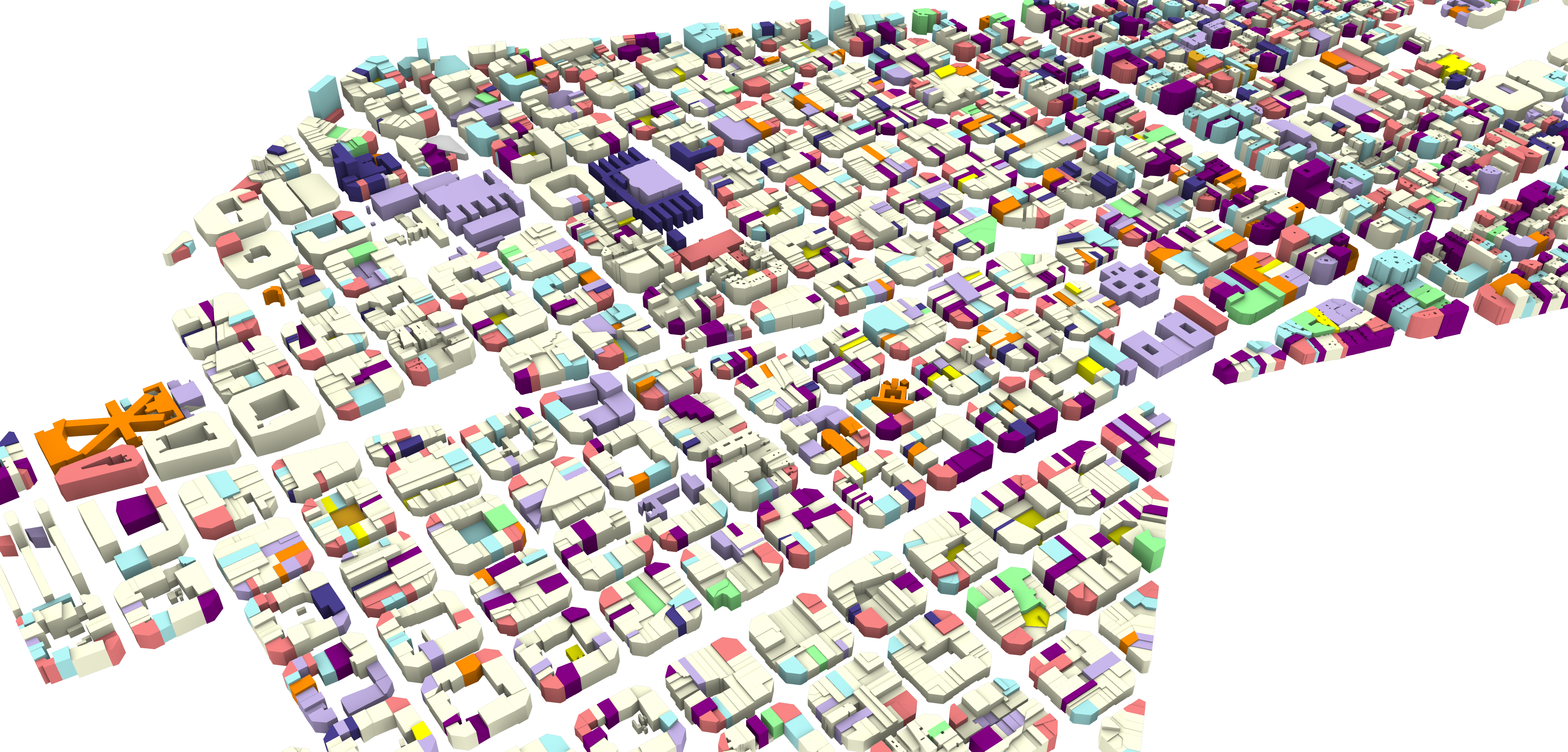REVITvoice
Vocal Commands for Autodesk Revit Problem Despite decades of technological advancement, the core user experience between man and computer has remained nearly unchanged. This tedious and repetitive process requires designers to spend extreme amounts of time that could be saved through updated methods. This thesis explores a potential future for computer user experience, utilizing AI … Read more




